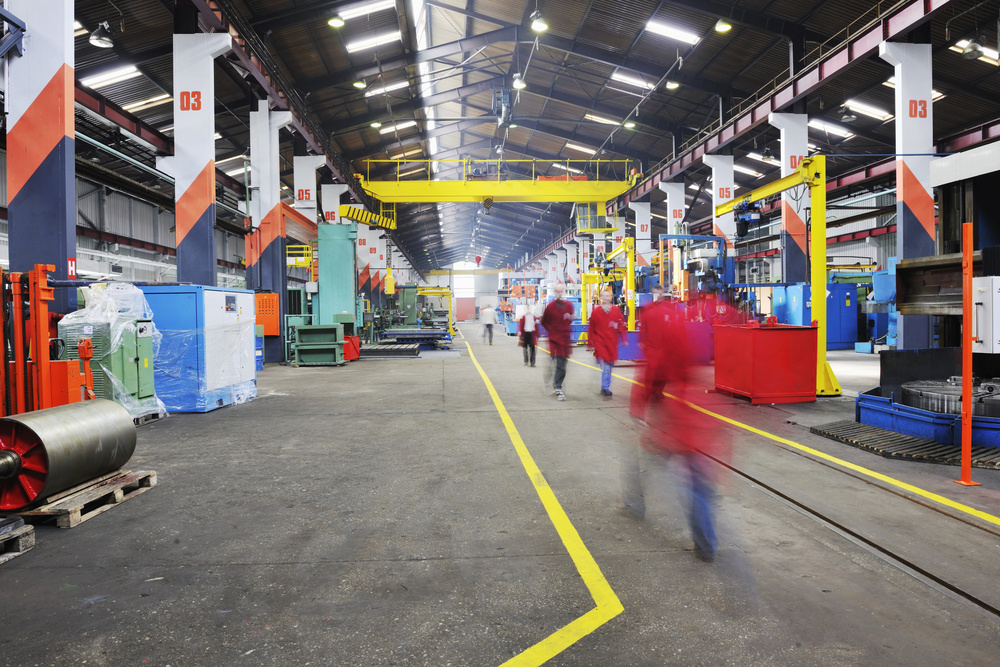
Choosing a location for a new facility—whether a manufacturing plant, distribution center, or corporate hub—isn’t just about access to highways, tax incentives, or available land anymore. Increasingly, companies are prioritizing workforce availability, readiness, and long-term sustainability as a key driver in their site selection process.
In a business climate shaped by rapid technological advancements, shifting labor demographics, and evolving supply chain demands, staffing considerations are no longer an afterthought—they are central to operational success.
Workforce as a Strategic Asset
When evaluating potential sites, companies are asking:
Is there a trained workforce ready to meet the demands of our operation?
Are there institutions nearby that can support ongoing workforce development?
What’s the competition for labor like in this region?
Will we be able to fill second and third shifts consistently over time?
The answers to these questions often hold as much weight as utility costs or proximity to markets. A site might check all the traditional boxes but still fall short if the local labor pool can't sustain the operation long term.
“You can build the most advanced facility in the world, but if you don’t have the right people to run it—especially on nights and weekends—you're already at a disadvantage,” says Will Seel, VP of Business Development and Industry Affairs at FHI. “Smart site selection means planning for the workforce you’ll need not just on day one, but year five and beyond.”
Beyond the Headcount: The Rise of Workforce Analytics
Modern site selection doesn’t stop at population density or unemployment rates. Companies today rely on workforce analytics to examine:
Skill levels
Commuting patterns
Age demographics
Turnover trends within a labor shed
For example, some regions may have a growing population of younger workers but lack technical training programs to meet the specific needs of advanced manufacturing. Others may show strong potential in logistics talent but face challenges in retaining workers due to cost-of-living disparities.
This kind of deep workforce analysis is critical—and it’s something forward-thinking economic development organizations are prioritizing.
North Carolina: A Case Study in Strategic Support
The Economic Development Partnership of North Carolina (EDPNC) exemplifies how states can position themselves competitively by supporting companies in both site and workforce planning.
EDPNC offers a wide array of resources, including:
Customized labor market analysis
Connections to community colleges and training providers
Incentive coordination to support upskilling initiatives
Demographic studies and workforce supply forecasts
By aligning business needs with local capabilities and future workforce potential, EDPNC helps ensure companies are not just selecting a site—but building a foundation for long-term success.
Workforce Training as an Incentive, Not an Obstacle
More regions are recognizing that training infrastructure can be a deal-maker.
Public-private partnerships that offer:
Training grants
Apprenticeship programs
Fast-track credentialing
...can help companies de-risk their staffing challenges from day one.
For companies considering expansion, this opens up new ways to evaluate a region—not just on what exists today, but what can be built collaboratively with local partners to sustain talent pipelines for years to come.
“Regions that prioritize workforce development and create real pathways for training and upskilling are changing the game,” Seel explains. “They’re not just offering land—they’re offering long-term value. That’s what makes the difference in today’s competitive environment.”
Developing Leaders from Within: “Leadership Laces”
Workforce development doesn’t end with technical skills or headcount—it extends into leadership. FHI is helping companies take the next step in workforce sustainability through Leadership Laces, a dedicated leadership development initiative designed for warehouse and supply chain environments.
This program equips emerging and existing leaders with the tools to lead teams effectively, solve problems collaboratively, and drive a culture of accountability and growth. Through real-world scenarios, mentorship, and a structured curriculum, Leadership Laces ensures organizations don’t just hire great people—they grow great leaders.
“Investing in leadership development is one of the most overlooked strategies in workforce planning,” says Seel. “You can fill positions all day, but if you don’t have strong leadership guiding your teams, retention and productivity suffer. Leadership Laces bridges that gap.”
For companies evaluating a site’s workforce potential, understanding how talent can be nurtured into future leaders is a critical layer of long-term planning.
Making the Right Decision
Site selection will always involve trade-offs. But in today’s environment, the quality and sustainability of the workforce may ultimately be the most important asset a location can offer.
Economic developers, workforce boards, and industry partners all play a role in painting a clear picture of what a region has to offer—not only in terms of space, but in human capital.
When the right site and the right workforce come together, the results are transformative.
We're here to help. There's no pitch - just a conversation. 📅👇
In any market, your supply chain can make or break your ability to compete well. Don't leave that to chance. We can help you create a stronger operation, so you never fall behind the competition.
Stop worrying about labor challenges and start enjoying a safe, lean, and rock-solid supply chain.
(800) 849-3132 | © FHI. All rights reserved.